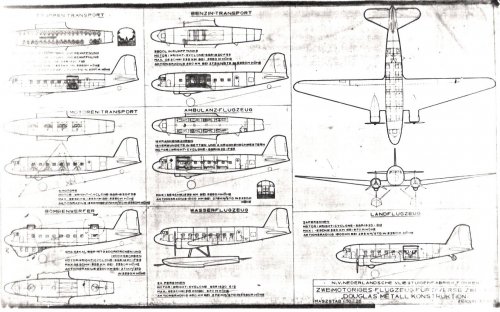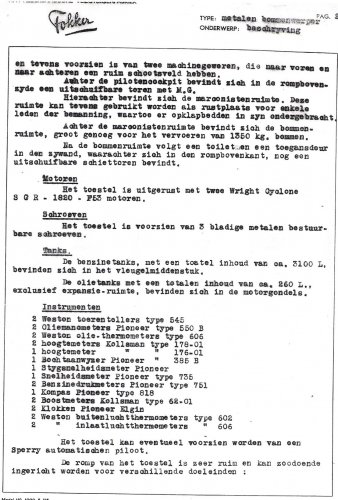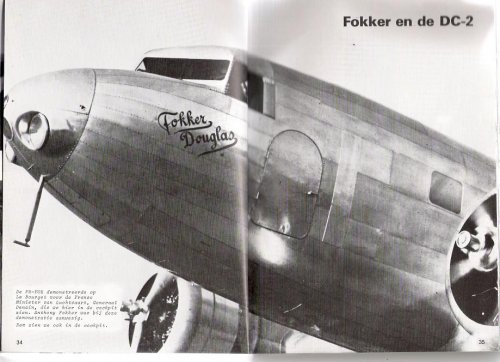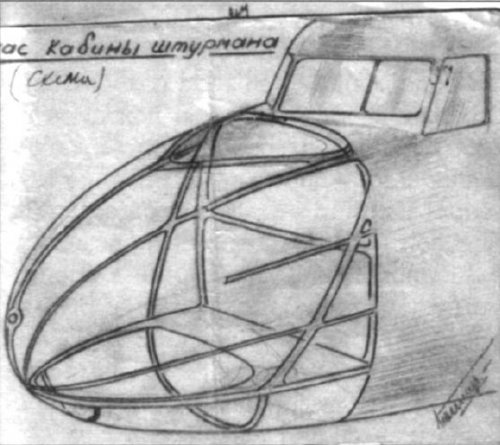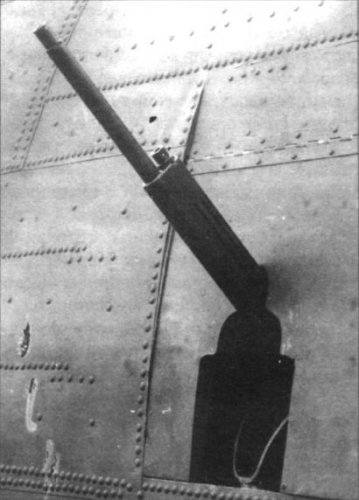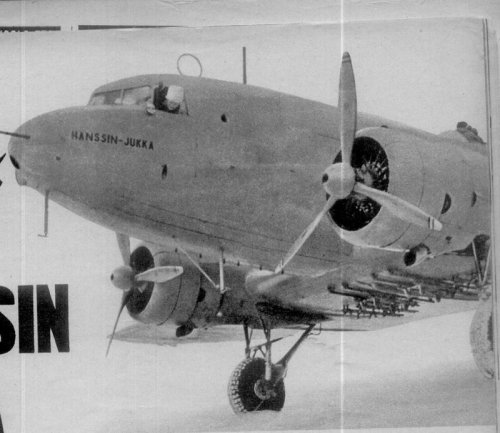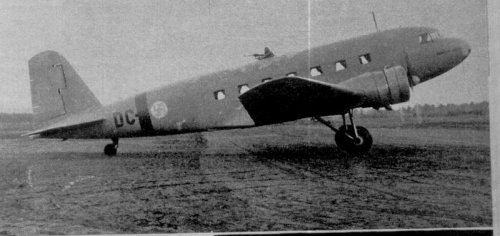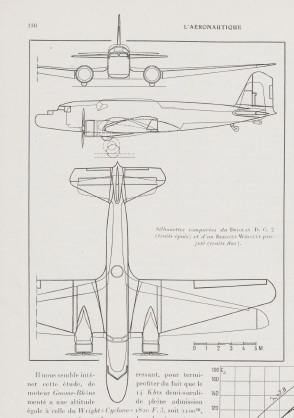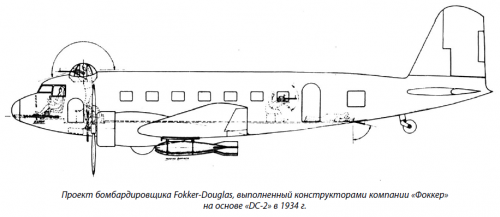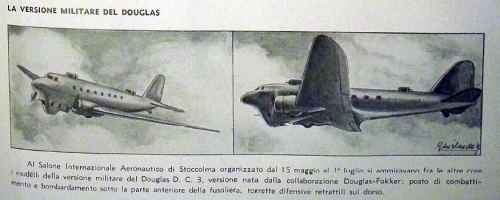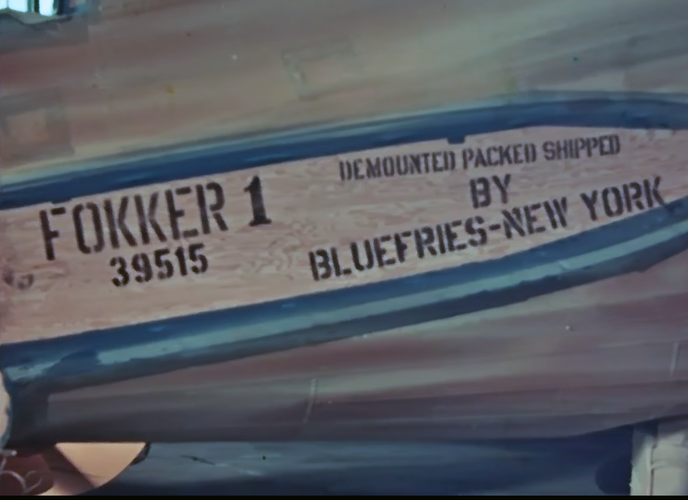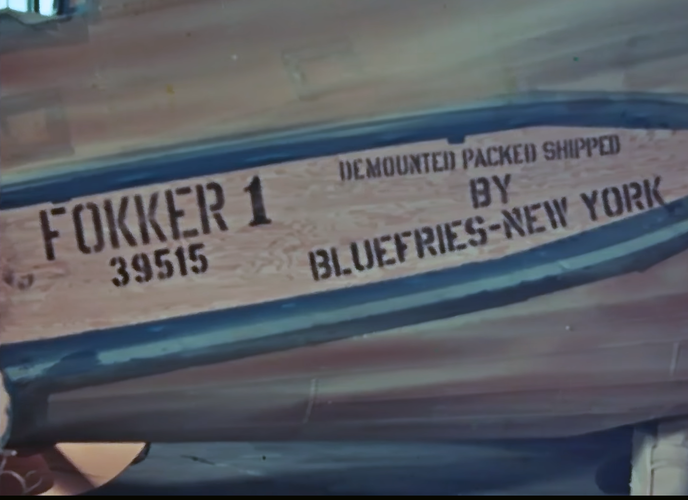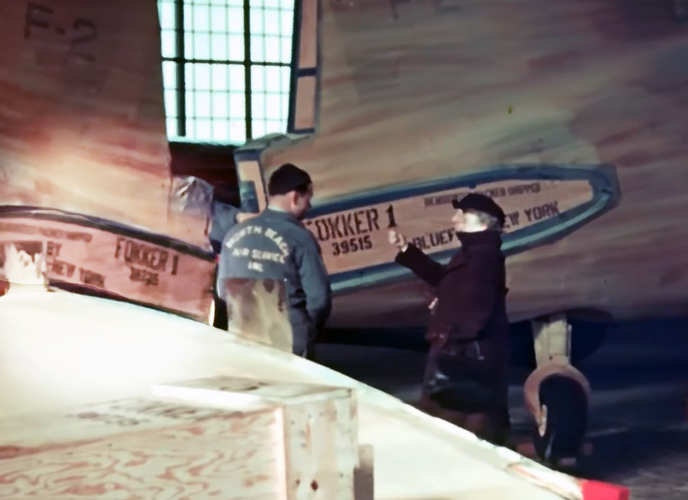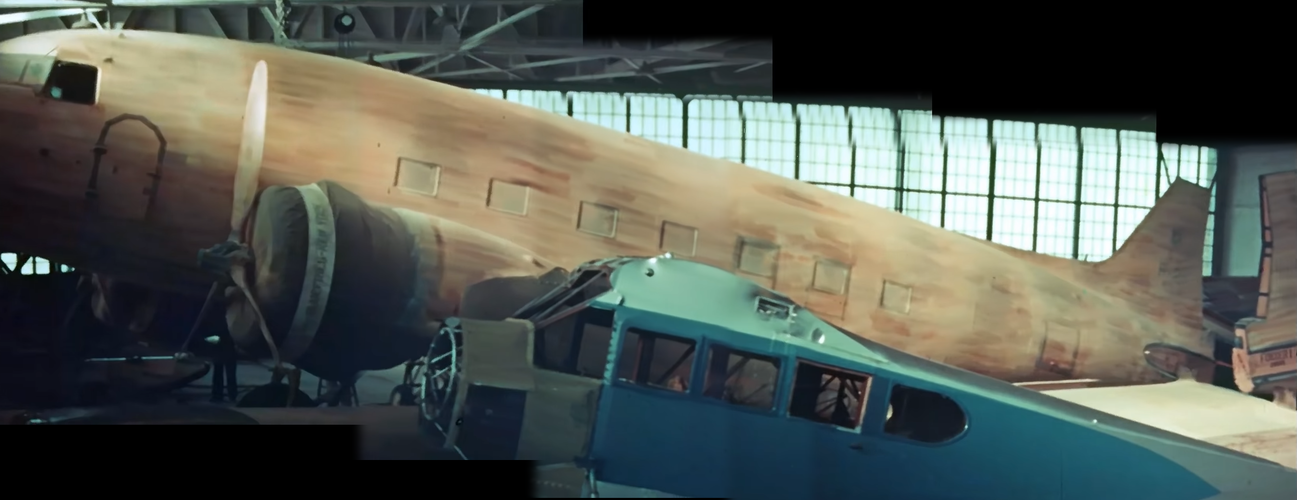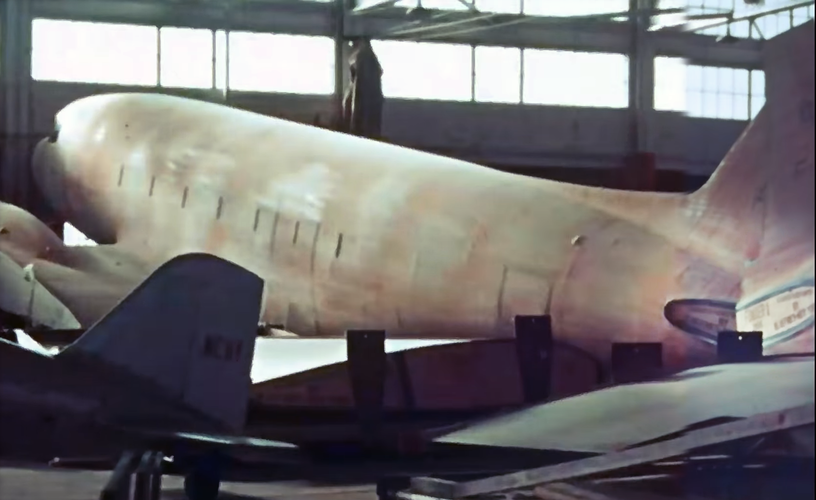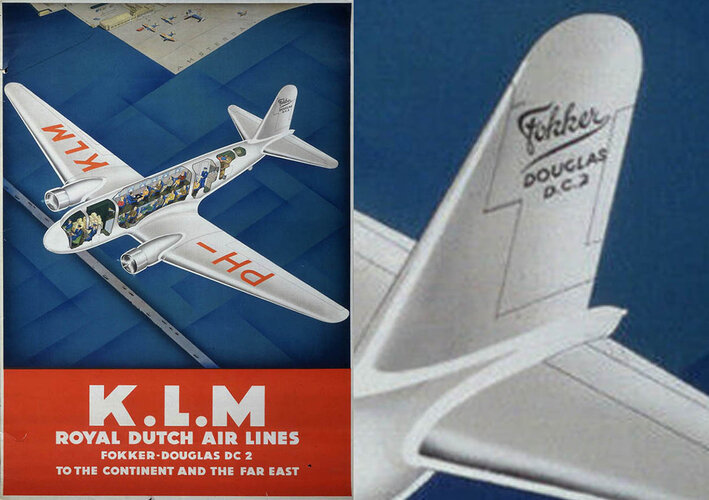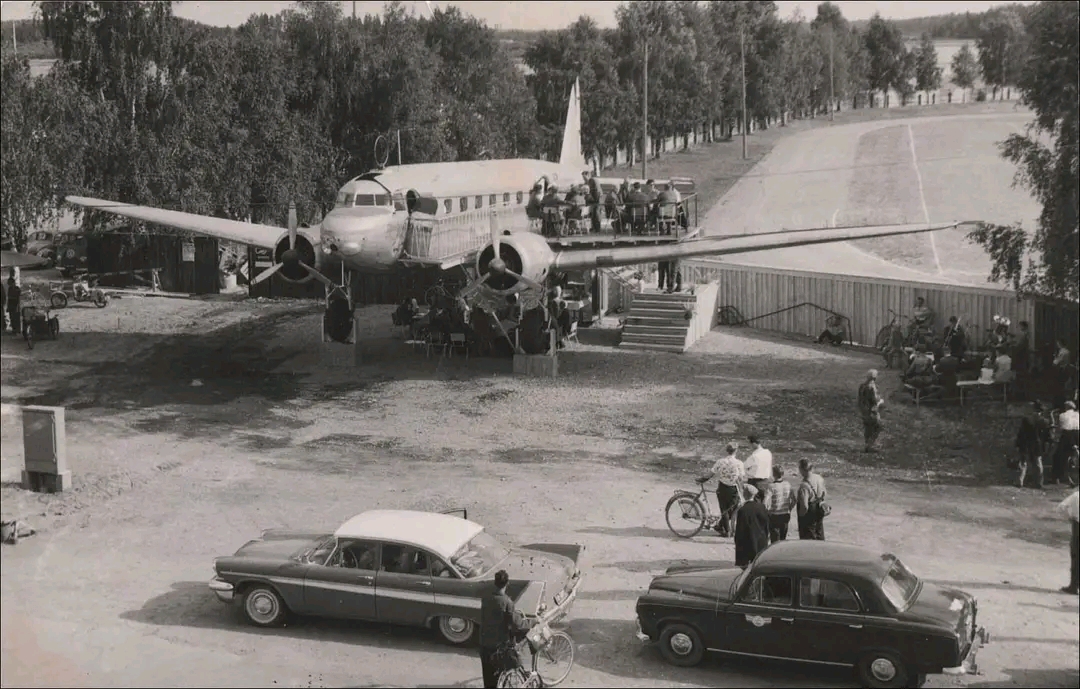2) The PS-84-VS:
- Where were the ShVAK and ShKAS mounted?
(In both this aircraft and the the PS-84-VS the guns would have been shooting through the propeller disc if they were in the wing root).
The project is a heavy attack aircraft Polikarpov and Shpitalny PS-1984-VS. I only have the description (no details) from another source, Vladimir Ivanov (archivist N. Polikarpov), instead of the 3 he mentioned four ShVAK. (Can we assume that all gun armament was directed forward in the same way as it was later realized in the plane VIT-1 -/ 100 ammunition barrel cannons and 560 machine guns in the / term in the root of the wing is not correct, right under the fuselage at the base of the wing.)
3) Regarding the release of small bombs from the cargo doors:
- Can you give an idea of how many were carried and how many were released at one time?
Details do not have (
4) Regarding the Li-2NB № 1845408:
- Am I correct to say that the maximum internal load was 15 FAB-100 bombs?
- 15 bombs FAB-100 and FAB-100MZ defensive weaponry remains standard - UTK-1 turret on top (ammunition 1,200 rounds), and two hatches in the side ShKAS two pivot units ShKU-1 (500 rounds of ammunition). Bow gun in this version has been eliminated.
5) Regarding the Li-2 with the two NS-45 cannons:
- Do you know how much ammunition they had per gun?
Details do not have (
Prospective mate's cabin modernized bomber Li-2NB, October 1942.

